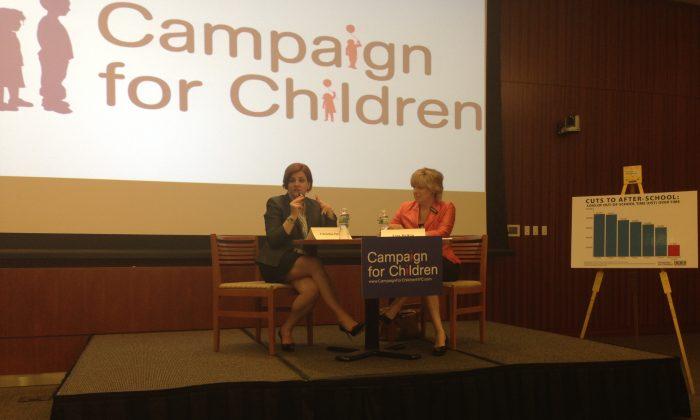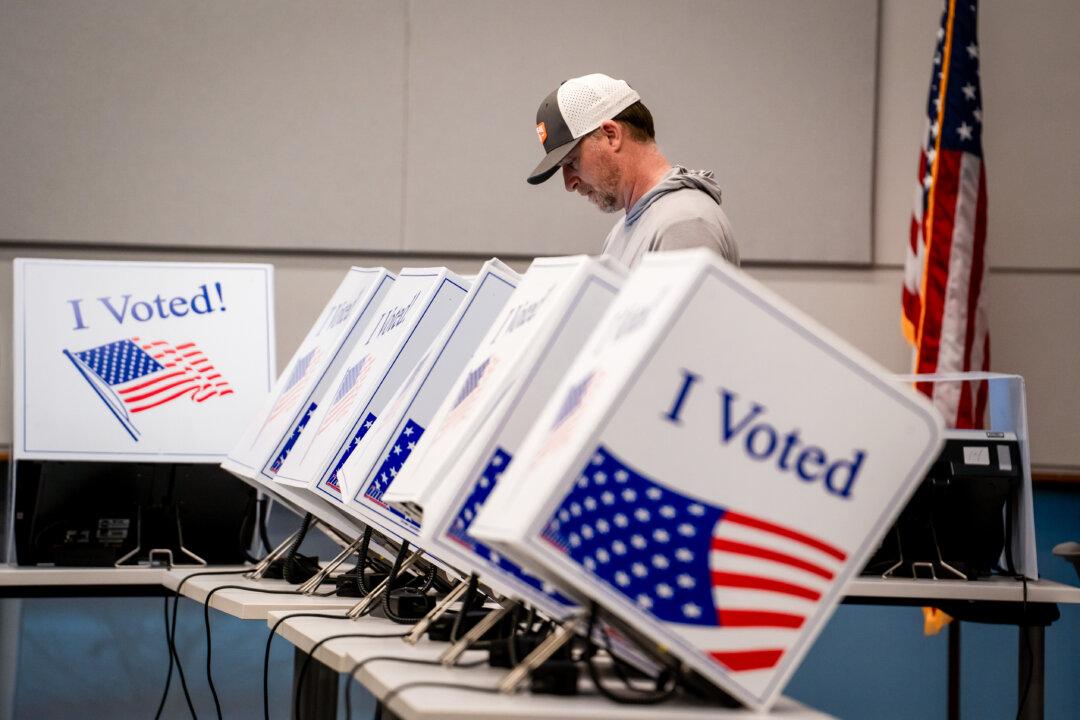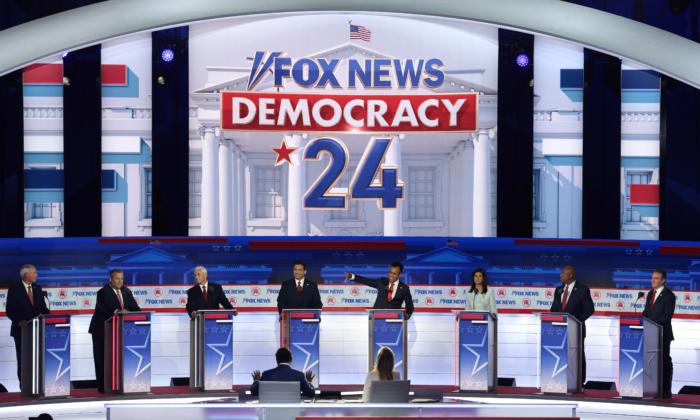NEW YORK—Several candidates for New York City mayor say that if elected, a community school model would be part of an overall education strategy they would support.
City Council Speaker Christine Quinn, City Comptroller John Liu, former Bronx Borough President Adolfo Carrion, and former City Comptroller Bill Thompson all mentioned community schools when answering questions at a mayoral forum May 21 hosted by the Campaign for Children.
“The community school model advances the idea that the neighborhood school should be the town hall, the center of gravity. What we need to do is re-engineer all the services in the neighborhood through the school,” said Carrion.
How is a community school different from a conventional school? The Coalition for Community Schools likens the difference to that between a rotary phone and a smartphone. A conventional school opens in the morning and closes around 4 p.m. It serves a single purpose: classroom education.
But a community school is different. Instead of closing the school building after regular school hours, a community school invites partnerships from local nonprofits, health and mental care providers, community groups, parents, and more. These partners offer services to children and the community from the school building.
“There is so much more we can do around the community schools model,” said Quinn. “If we take that model as they have in other cities and really make it a fundamental foundation of our educational system, we’re going to have schools go back to the heart and core of our community.”
A Successful Pilot
There are 16 community schools currently in New York City. These schools are run by the Children’s Aid Society (CAS) in partnership with the Department of Education. They have been operating since 1992 in Washington Heights, Harlem, the South Bronx, and Staten Island. These community schools offer a wide range of programs and services, including arts, camps, health services, and youth development.
Community schools outperform conventional schools on many fronts. The CAS commissioned studies by the Fordham University, the Education Development Center, the Albert Einstein College of Medicine, and ActKnowledge to gauge the performance of its 16 community schools in New York City. The studies show improvements in academic performance, student and teacher attendance, the overall school climate, parent and family engagement, as well as the students’ mental and physical health.
“The biggest effects were on student and teacher attendance, an unexpected finding, and family engagement,” said Jane Quinn, vice president for Community Schools at The Children’s Aid Society.
Quinn said that research by Fordham showed that the most dramatic improvements were in family engagement, “which of course is a huge issue right now because a lot of parents are feeling disenfranchised from the public schools.”
The mayoral hopefuls said that they would replicate the community school model across the city. Quinn said she believed this is possible. The main resource required for converting a conventional school to a community school is bringing on additional staff, usually in the form of a community school coordinator, who will work with the school and its partners.
Most of the costs associated with running a community school are shouldered by the individual partners.
For example, since CSA is a licensed mental health care provider, it can offer mental health services at its community schools and bill Medicaid for them at no additional cost to the school.
Another example is the Helen Keller Institute (HKI), which offers free vision screenings at community schools. HKI found that 25 percent of the students it tested had impaired vision. They produced eyeglasses for the students on the spot. Teachers then reported that students who returned to classrooms with new eyeglasses behaved better.
Cincinnati to New York
The community school system has been particularly effective in Cincinnati. The school system tumbled when the state was going through an economic decline. But the Cincinnati school district recovered after it adopted the community school system.
“I’ve been out to Cincinnati and I’ve looked at the community school model out there. They’ve tied health and mental health into the school. I think we need to do a lot of that,” said Thompson.
If New York is to replicate the community school system, the change has to come from the top, Quinn said. In Cincinnati, the change came in the form of a master plan that voters passed in 2002.
The graduation rates in Cincinnati climbed from 51 percent in 2000 to 83 percent after it adopted the community schools plan. Notably, the achievement gap between African-American and white students shrank from 14.5 percent to 4.3 percent in 2009.






Friends Read Free